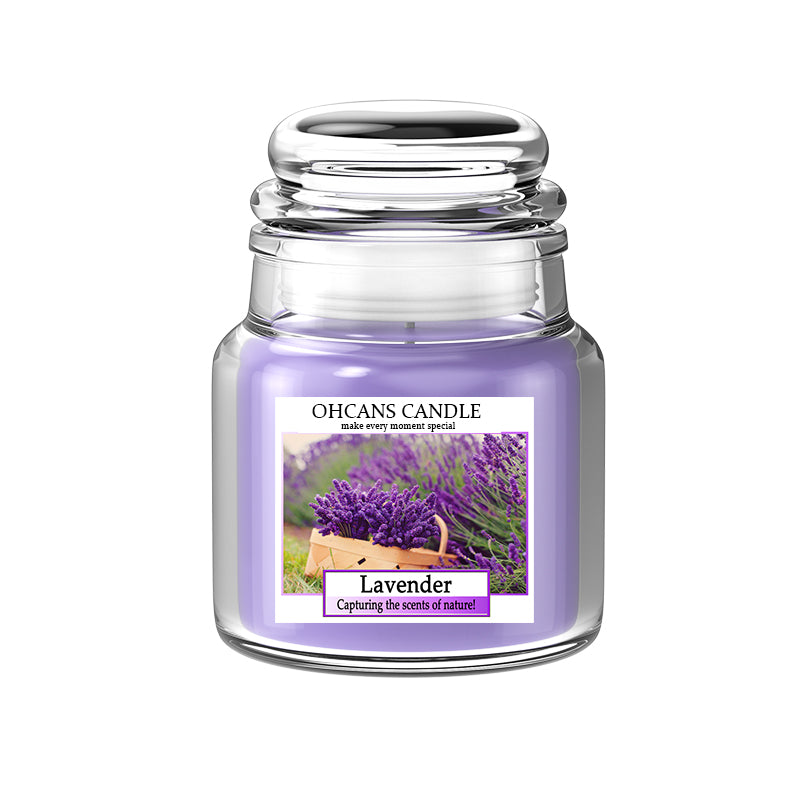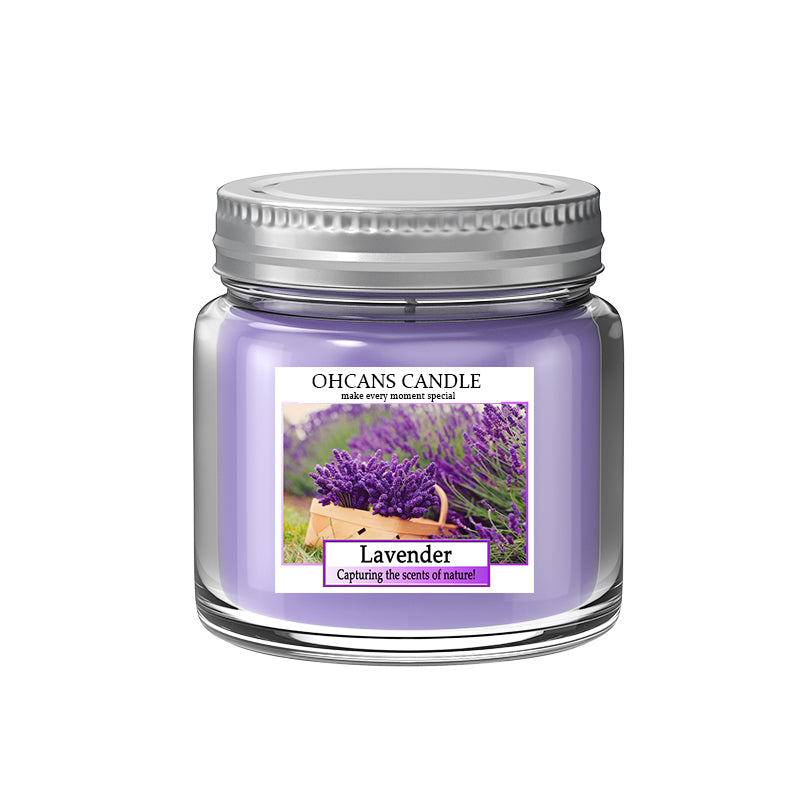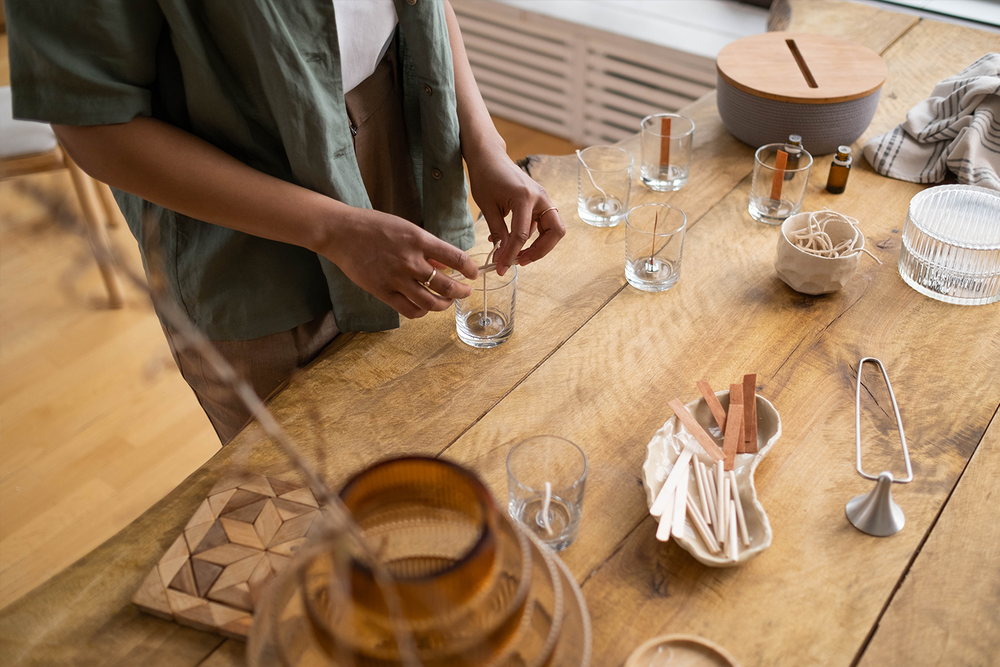Discovering the Wonders of Oatstraw
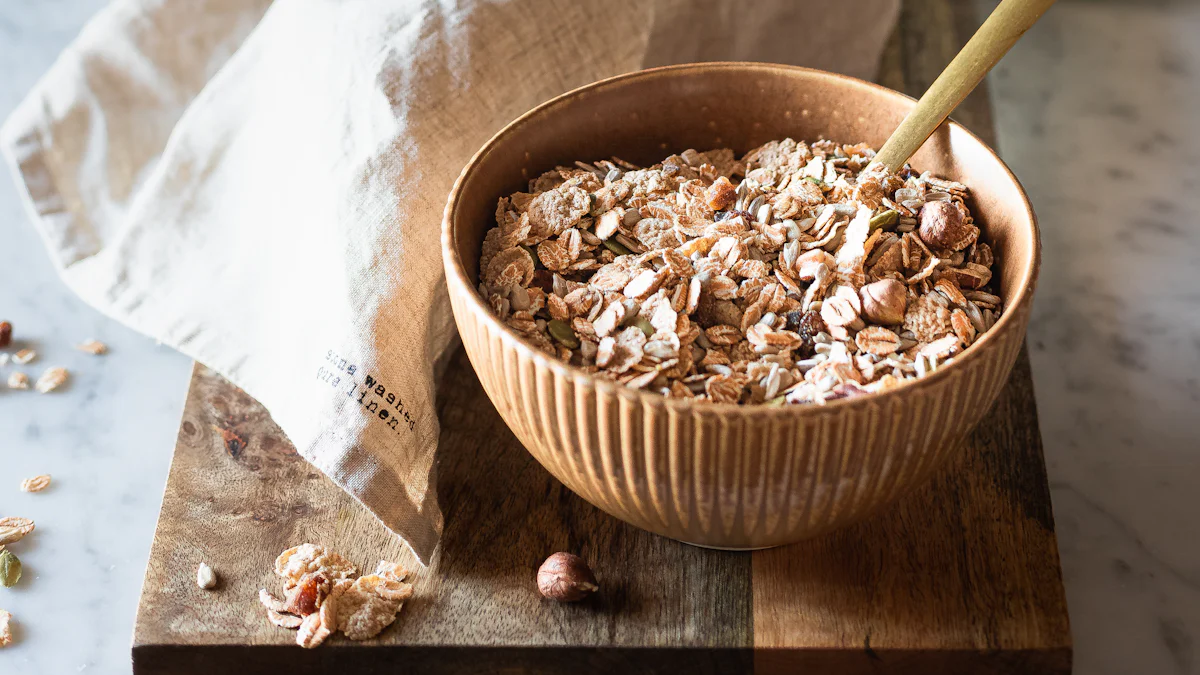
Introduction to Oatstraw
Oatstraw, also known as Avena sativa, is a versatile herb that has been used for centuries due to its numerous health and gardening applications. It is derived from the green, unripe tops of the oat plant and is packed with beneficial nutrients. Oatstraw can be consumed in various forms, such as tea or tinctures, and it can even be smoked. In this blog post, we will explore the wonders of oatstraw and delve into its potential uses for smoking, as well as its benefits when brewed into a soothing tea. Additionally, we will provide you with a comprehensive guide on how to grow your own oatstraw plants. Get ready to discover the incredible world of oatstraw!
Smoking Oatstraw
Smoking oatstraw is a lesser-known practice that involves drying and smoking the stems and leaves of the oat plant. While it may not be as popular as smoking other herbs, it has a rich history dating back centuries. In ancient times, oatstraw was often used in traditional rituals and ceremonies.
What is Smoking Oatstraw?
Smoking oatstraw involves rolling or packing dried oatstraw into a pipe or rolling paper and then lighting it to produce smoke. The smoke is then inhaled, allowing the compounds present in the herb to enter the body through the respiratory system. It's important to note that smoking oatstraw does not produce any psychoactive effects like smoking tobacco or cannabis.
When smoked, oatstraw releases a mild, earthy aroma with subtle hints of sweetness. Some people find the act of smoking oatstraw to be relaxing and enjoyable, providing a sense of calmness and tranquility.
While there are potential benefits associated with smoking oatstraw, such as stress relief and relaxation, it's essential to consider potential risks as well. Smoking anything can have negative effects on lung health due to the inhalation of smoke particles. If you have any pre-existing respiratory conditions or concerns, it's advisable to consult with a healthcare professional before trying smoking oatstraw.
How to Smoke Oatstraw
To smoke oatstraw, follow these simple steps:
Harvest fresh oatstraw stems and leaves from your garden or purchase dried ones.
Dry the harvested oatstraw by hanging it upside down in a cool, dry place for several days until fully dried.
Once dried, remove any large stems or debris from the oatstraw.
Grind the dried oatstraw into smaller pieces using a grinder or mortar and pestle.
Pack the ground oatstraw into a pipe or roll it into a rolling paper, similar to how you would smoke tobacco or herbs.
Light the packed oatstraw and inhale the smoke slowly and gently.
Take breaks between puffs to avoid excessive inhalation.
To enhance your smoking experience, consider adding other herbs like mint or lavender for added flavor and aroma. Remember to always smoke in a well-ventilated area and be mindful of your own comfort levels while experimenting with smoking oatstraw.
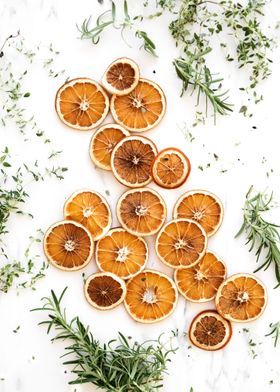
Benefits of Oatstraw Tea
Oatstraw tea is a delightful and nourishing herbal infusion that offers a range of health benefits. Made from the dried leaves and stems of the oat plant, this tea is rich in essential nutrients and bioactive compounds that can support overall well-being.
Health Benefits of Oatstraw Tea
Oatstraw tea is known for its high nutritional content, including vitamins A, C, E, and B-complex vitamins, as well as minerals like calcium, magnesium, and iron. These nutrients contribute to the potential health benefits associated with oatstraw tea.
One notable benefit of oatstraw tea is its ability to promote relaxation and reduce stress. The herb contains compounds that may help calm the nervous system and alleviate anxiety. Additionally, oatstraw tea has been linked to improved sleep quality due to its mild sedative properties.
Furthermore, oatstraw tea is believed to support healthy skin by nourishing it from within. The antioxidants present in oatstraw can help protect against oxidative damage caused by free radicals, potentially reducing signs of aging and promoting a youthful complexion.

How to Make Oatstraw Tea
Making oatstraw tea is simple and can be done using either fresh or dried oatstraw:
Measure out 2 tablespoons of dried oatstraw or 4 tablespoons of fresh oatstraw per cup of water.
Bring water to a boil in a pot.
Add the measured oatstraw into the boiling water.
Reduce heat to low and let it simmer for about 10-15 minutes.
Remove from heat and strain the tea into a cup using a fine-mesh strainer or cheesecloth.
Optionally, you can add honey or lemon for taste.
Enjoy your warm cup of soothing oatstraw tea!
To maximize the flavor and benefits of your oatstraw tea, consider steeping it for a longer duration or combining it with other herbs like chamomile or lemon balm. Experimenting with different combinations can help you find the perfect blend that suits your taste and desired health benefits.
Guide to Growing Oatstraw
Growing your own oatstraw can be a rewarding experience, allowing you to have a fresh supply of this versatile herb right at your fingertips. Here's a comprehensive guide on how to successfully cultivate oatstraw plants.
Introduction to Growing Oatstraw
Oatstraw, scientifically known as Avena sativa, is an annual grass-like plant that belongs to the same family as oats. It thrives in temperate climates and prefers well-drained soil with a slightly acidic pH level. When selecting oatstraw seeds or plants, look for varieties that are specifically cultivated for medicinal purposes.
Cultivating Oatstraw
Follow these step-by-step instructions to plant and care for your oatstraw:
Choose a suitable location: Select an area with full sun exposure and well-drained soil.
Prepare the soil: Remove any weeds or debris from the planting area and loosen the soil using a garden fork or tiller.
Sow the seeds: Scatter the oatstraw seeds evenly over the prepared soil, aiming for a density of about 20-30 seeds per square foot.
Cover and water: Gently rake the seeds into the top layer of soil, ensuring good seed-to-soil contact. Water thoroughly but avoid overwatering.
Germination and growth: Oatstraw typically germinates within 7-10 days. Once sprouted, thin out the seedlings to allow proper spacing between plants (about 6 inches apart).
Watering and maintenance: Keep the soil consistently moist but not waterlogged throughout the growing season. Regularly check for pests or diseases and take appropriate measures if necessary.
Harvesting: Harvest oatstraw when it reaches its peak growth stage, usually when it starts producing immature green seed heads.
Drying and storing: Hang harvested oatstraw upside down in small bundles in a cool, dry place until fully dried. Store in an airtight container away from moisture and sunlight.
Common challenges when growing oatstraw include weed competition, fungal diseases, or inadequate watering. To overcome these challenges, ensure proper weed control through regular cultivation or mulching, practice good watering techniques, and monitor your plants closely for signs of disease.
By following these guidelines, you'll be able to cultivate healthy oatstraw plants that can provide you with an abundant supply of this wonderful herb for various uses in herbal remedies and teas.
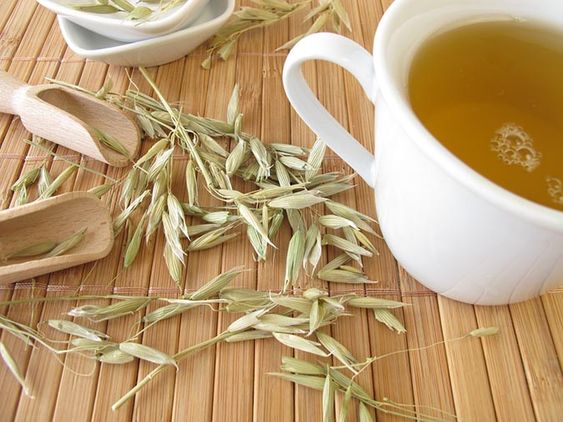
Conclusion
In conclusion, oatstraw is a remarkable herb with a wide range of applications and benefits. Whether you choose to enjoy it as a soothing tea, explore the possibilities of smoking it, or embark on the journey of growing your own plants, oatstraw offers something for everyone.
We have discussed the potential health benefits of oatstraw tea, including stress relief and improved sleep. Additionally, we explored the lesser-known practice of smoking oatstraw and provided a step-by-step guide for those interested in trying it out.
By cultivating your own oatstraw plants, you can have a fresh supply of this versatile herb right in your garden. Remember to select suitable seeds or plants and provide them with the necessary care to ensure successful growth.
In conclusion, we encourage you to delve into the wonders of oatstraw and experiment with its various uses. Its versatility and numerous benefits make it an excellent addition to any herbalist's repertoire or gardening enthusiast's collection. Embrace the wonders of oatstraw and unlock its full potential in your life.

